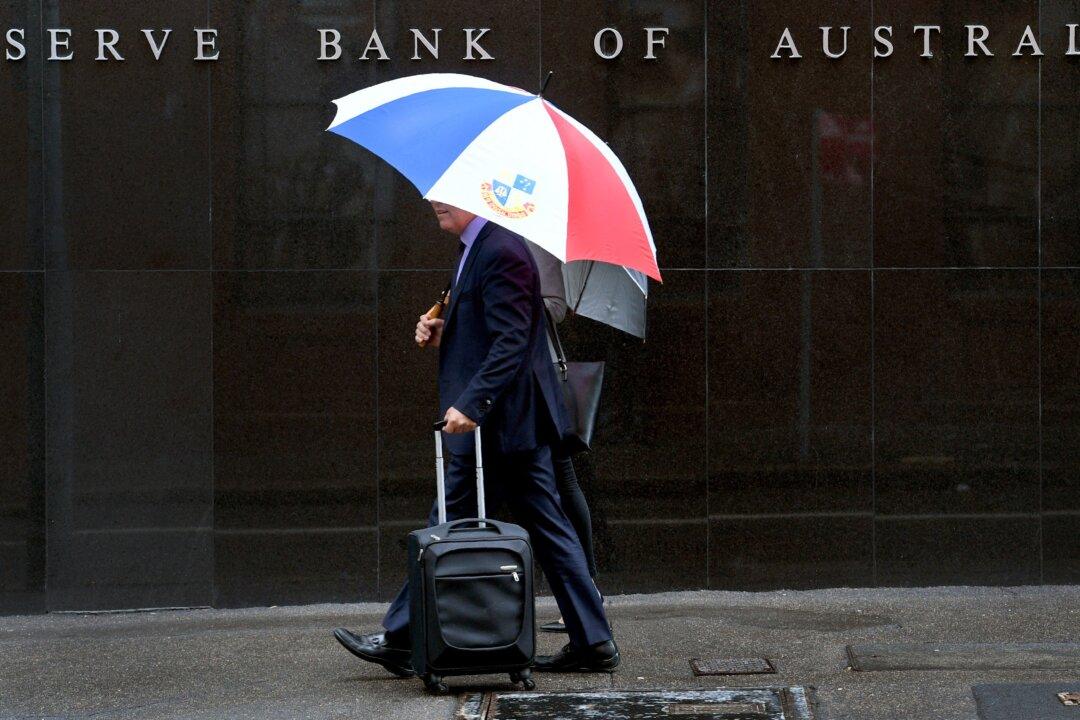The Reserve Bank of Australia (RBA) has raised the official cash rate by 0.25 percent to 4.35 percent in November.
This marks a change in the bank’s fight against inflation after it put the official cash rate on hold for four consecutive months.

The Reserve Bank of Australia (RBA) has raised the official cash rate by 0.25 percent to 4.35 percent in November.
This marks a change in the bank’s fight against inflation after it put the official cash rate on hold for four consecutive months.